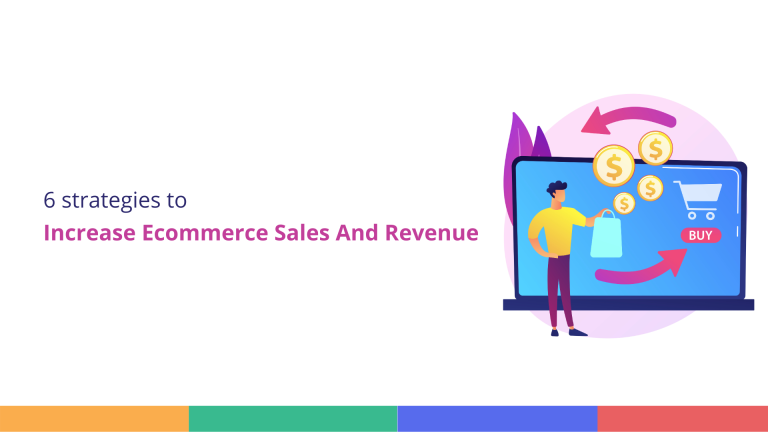As an owner of an online store , it is crucial to have a clear understanding Ecommerce Sales of your business operations. Knowing which products are selling quickly, the geographical location of your customers, and how they interact with your website are essential insights that can help you increase Ecommerce sales. By utilizing this information, you can make informed decisions that will lead to the growth in e commerce of your business.
With data analytics for Ecommerce Sales, you can get answers to these questions using clear and precise numbers. The cool thing is that the insights you get are not based on opinions – they come from actual data.
Learn how to use data analytics for your online store and make smart decisions. It’s like having a roadmap to help you navigate and improve your Ecommerce Sales business.
Key Data-Driven Customer Insights into Ecommerce Sales And Leveraging Them to Drive Sales
Understanding your customers is akin to holding the key to success. One of the ways to unlock this understanding is through insightful metrics that shed light on customer behavior.
In this blog, we’ll explore four pivotal customer insight metrics and how savvy Ecommerce Sales businesses can leverage them to boost Ecommerce sales.
1. Customer-Related Insights
See how users browse:
- Track Where They Roam: Watch how people move around your site. Spot the hotspots – which pages and products are getting all the love? This helps you tweak your website so it’s easy to find the good stuff. This can be used by using tools like Hotjar and Crazy Egg.
- Crack the Cart Mystery: If the cart abandonment rate is high, it needs to be fixed immediately. Ever wonder why folks bail on their shopping carts? Maybe it’s surprise fees or a confusing checkout process or a lack of sufficient payment options.
Dig into past shopping trips:
- Leverage Purchase History: Take a peek at what folks have bought. What kind of products have they purchased? You can suggest relevant product recommendations based on these insights.
In a nutshell, it’s not just about what people click on – it’s about understanding the dance they do on your site and making it a smooth groove.
2. Purchase Frequency
Purchase frequency measures how often a customer purchases within a specific timeframe. You can tailor exclusive offers, loyalty programs, or early-access benefits to encourage users who frequently visit your site. Customers who buy regularly may appreciate personalized recommendations aligned with their purchase history. This will help in repeat businesses.
3. Average Order Value
Let’s talk about Average Order Value or AOV. This metric gives you the lowdown on the average amount a customer spends in one go. If the average order value is low, you’ll need to increase it. One way of doing this can be to provide buyers of your product to buy more items. Identify products that are often bought together and create bundles or offer discounts for buying in larger quantities.
By doing this, you’re encouraging customers to beef up their cart, increasing that all-important AOV and, of course, your sales.
4. Monitoring Inventory
It refers to the real-time monitoring of the quantity of each product available in your inventory. It’s the heartbeat of your supply chain, providing a dynamic view of the availability of goods ready for purchase.
Regularly tracking stock levels is crucial to providing a proactive guard against stockouts. Running out of popular products is the retail equivalent of closing shops during peak hours.
You ensure you’re well-equipped to meet customer demand by staying vigilant about stock levels.
This proactive approach prevents missed sales opportunities and safeguards against customer disappointment, fostering a positive shopping experience. Monitoring stock levels helps identify products that are moving at a slower pace than anticipated. These are the silent underperformers in your inventory.
This data-driven approach enables you to make informed decisions, ensuring that your inventory aligns with market demands and remains a dynamic asset.
Conclusion
Without meaningful data-driven insights, you cannot understand the factors influencing sales. It helps you understand your consumers and adapt fast. This eventually enhances customer satisfaction in the long run and helps you earn their loyalty.


